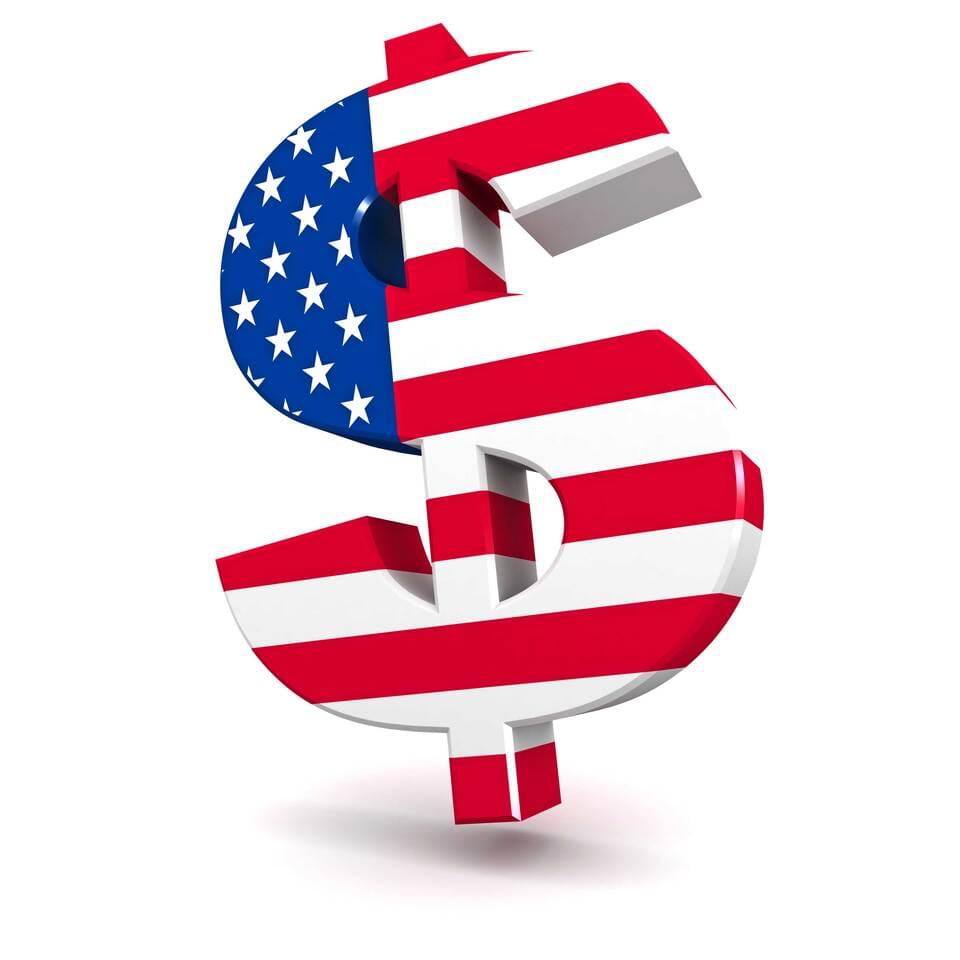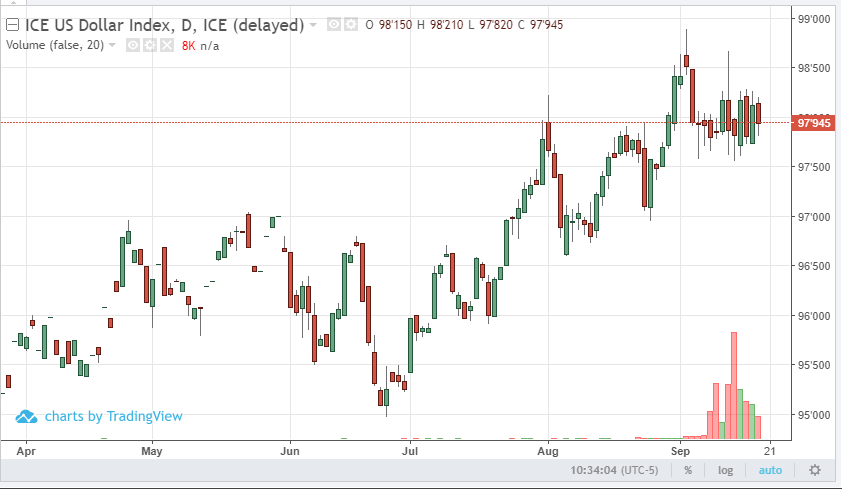
U.S. dollar futures have chopped sideways this week as the market tests support and resistance levels around Wednesday’s Fed announcement. The U.S. Federal Reserve cut interest rates another 25 bps, which was largely priced into markets, then gave a somewhat hawkish testimony. Future rate cuts are not ruled out, but certainly have not been promised either. Chairman Powell stated that the economy is improving, sighting that labor statistics and consumer confidence remains strong. The dollar jumped on this less-than-dovish rhetoric as foreign currencies dipped. However, reversals were observed in afternoon trade and again Thursday morning. Bears and bulls alike have a solid platform to stand on. Those in the USD bear camp argue that falling corporate profits are linked to a strong dollar (as a strong dollar deters foreign buyers). When this corporate weakness hits the consumer, the economy will be shaken down. In short, the Fed should work to weaken the dollar in order to compete with suppressed currencies elsewhere.
From a technical perspective, the dollar is headed into a period of weakness in its quarterly, monthly, and weekly cycles. The last time this happened, the dollar index fell six handles. Dollar bulls argue that America’s relative strength compared to other slowing economies will attract investors to the dollar market as people look for a safer place to keep their cash. Furthermore, given the volatile spikes in the repo rate, it is clear there are liquidity and supply issues in the U.S. banking system, keeping the dollar elevated. Both camps have a credible argument. Should liquidity issues continue to squeeze the dollar higher, the hand of the Fed will be forced to unroll QE and inject more dollars into the system. Should this happen, inflation will return and elevate commodity prices, depressing the consumer and fueling the natural course of the business cycle. I believe the catalyst will be falling corporate profits.



